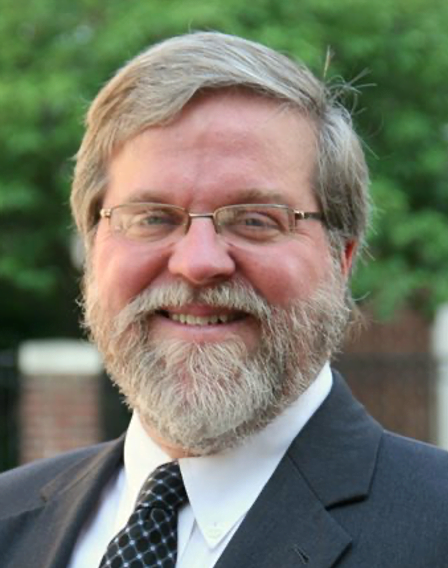“Father Most Holy” is an anonymous Latin office hymn for Trinity Sunday, found in a number of breviaries, among them Sarum and York. Percy Dearmer (1867-1936) translated it for The English Hymnal (1906). The version in Evangelical Lutheran Worship follows Lutheran Book of Worship (1978), which altered Dormer’s translation, especially in the last two stanzas. A concise trinitarian statement in doxological form, it retains the King James English that Dearmer used.
Percy Dearmer was a Englishman who studied at Christ College, Oxford. Ordained an Anglican deacon in 1891 and a priest in 1892, he served various churches including, from 1901-1915, St Mary the Virgin, Primrose Hall, where Martin Shaw was the organist. He, Shaw, and Ralph Vaughan Williams edited Songs of Praise and The Oxford Book of Carols, two of the twentieth century’s most important sacred music collections. A prolific writer on history, art, and social issues, from 1919 until he died in 1936 he was professor of ecclesiastical art at King’s College, but not an ivory tower intellectual. He supported women’s ordination, championed social justice, was a leader in the London Christian Social Union, and chaired the League of Arts. When he became a canon at Westminster Abbey in 1931, he opened a canteen there for the unemployed.
The tune, CHRISTE SANCTORUM, comes to us via the 1782 edition of François de La Feilée’s Methode nouvelle pour apprendre parfaitement les régimes de plain-chant, but its sources are in the previous century, where it began its association with many texts. It is found in the Paris Antiphoner (1681) with the hymn “Ceteri numquam nisi vagiendo” for the Visitation of the Virgin Mary and in the Cluny Antiphoner (1686) with the hymn “Mille quem stipant” for the commemoration of St. Michael. It is named for the hymn “Christe sanctorum,” and it is also well known with the hymn for Matins ascribed to Gregory the Great, “Lord God, we praise you” (ELW 558)
Our closing hymn, “Holy, Holy, Holy” by Reginald Heber (1783-1826), is unique in many regards. Indeed, it spans many Christian traditions and centuries, unifying them in four timeless stanzas. Not only that, but Heber was an Anglican bishop whose ministry spanned continents and races, placing him as one of the heroes of the Christian faith. Congregations continue to be inspired by Heber’s text in the twenty-first century.
What makes this hymn so special? First, the rhyme scheme is unique since all four lines of each stanza rhyme with the word “holy.” One won’t easily find another hymn written this way. Another reason why “Holy, holy, holy” is such a timeless hymn is its pairing with the well-known tune NICAEA. Written by John Bacchus Dykes (1823-1876), NICAEA has a unique elegance and magnificence, which in turn complements Heber’s stately language. There’s no cheap emotionalism and subjectivity apparent in the music or the words. Named after the Council of Nicaea, where the nature of the Trinity was shaped theologically, NICAEA is also a classic example of Victorian hymn tune writing, notably with its solid harmonies and subtle chromaticism.


